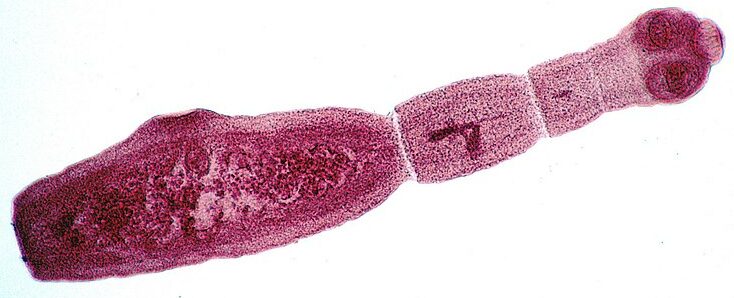PARASITE PROBLEM
How a disease lurking in coyotes and foxes threatens dog owners
Advertisement

A small, highly dangerous tapeworm with a big name—Echinococcus multilocularis (EM)—that can jump from wild canids to domestic dogs and humans has taken firm root in southern Ontario. Cases of the potentially fatal disease are most prevalent in a cluster along the north shore of Lake Erie and the south end of Lake Ontario, where there are significant populations of coyotes and red foxes.
Prior to 2012, the province was considered free of the tapeworms, but in 2019, University of Guelph researchers were surprised to find them in 23 per cent of the coyotes and foxes they tested. The disease is now considered an “immediately notifiable hazard” under Ontario law, with mandatory reporting of cases to the province’s chief veterinarian.
Advertisement
Infected wild canids and their domestic cousins (and in rare circumstances, cats) carry EM in their intestines, shedding the parasite’s eggs in their feces. The eggs are then potentially consumed by small mammals, such as mice, chipmunks and squirrels, where they hatch and move to the animal’s liver, and possibly other organs.
In the liver, the eggs forms cysts, which act like cancerous tumours that can invade other organs, such as the brain and lungs; this is known as Alveolar echinococcus (AE). When a wild canid or dog eats the infected rodent, the cycle continues.Just this past December, residents in Durham region were warned not to touch wild animals after an infected chipmunk was discovered in Port Perry.

